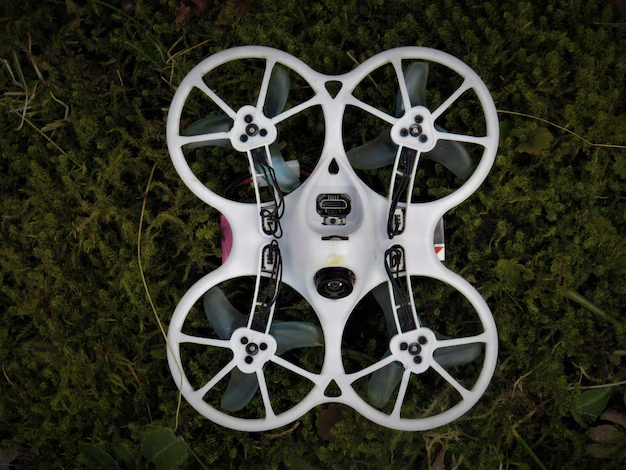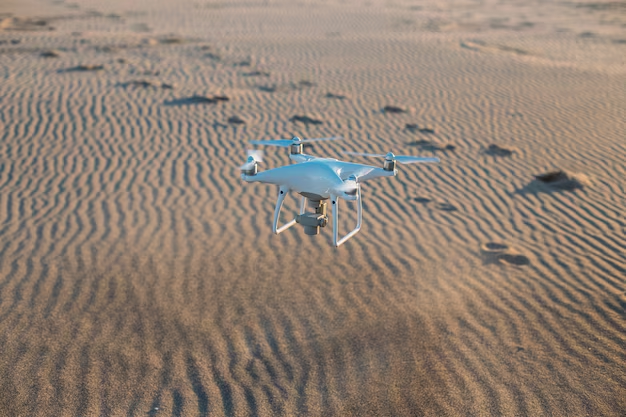Understanding Drone Propellers: The Unsung Heroes of Modern Aerial Technology
Drone technology has transformed from a niche hobby into a widespread tool across various industries, from photography and agriculture to surveillance and delivery services. At the heart of this technological marvel is an often-overlooked component: the drone propeller. While many users might focus on the camera or the flight controller, the propeller plays a crucial role in the drone’s performance and stability. This article explores the significance of drone propellers, their types, and the factors that influence their efficiency.
The Role of Drone Propellers
Drone propellers are pivotal in generating the lift required for flight. Essentially, they convert rotational motion into thrust, allowing the drone to ascend, hover, and maneuver. When a drone’s propellers spin, they push air downwards, creating an upward force that lifts the drone into the sky. The efficiency and effectiveness of this process are directly linked to the design and condition of the propellers.

Types of Drone Propellers
- Material Composition: Drone propellers are typically made from plastic, carbon fiber, or a combination of materials. Plastic propellers are common due to their affordability and ease of manufacture, making them ideal for recreational drones. Carbon fiber propellers, on the other hand, offer superior strength and durability, making them suitable for high-performance and professional-grade drones.
- Size and Shape: Propellers come in various sizes and shapes, each affecting the drone’s flight characteristics. Larger propellers can generate more lift and are generally used in drones designed for carrying heavier payloads. Smaller propellers are more suited for lightweight drones where agility and speed are prioritized. Additionally, propeller blades can be designed with different shapes, such as straight or curved, to optimize airflow and performance.
- Number of Blades: Most drones utilize either two-blade or three-blade propellers. Two-blade propellers are common in many drones due to their simplicity and efficiency. However, three-blade propellers can offer improved stability and control, particularly in high-speed or acrobatic flying.
Factors Affecting Propeller Performance
- Propeller Pitch: The pitch of a propeller refers to the angle of the blades relative to the plane of rotation. Higher pitch propellers are capable of generating more thrust and are often used for fast, high-speed flying. Lower pitch propellers, however, provide more control and stability, which can be advantageous for precision tasks and stable hovering.
- Propeller Material and Build Quality: The material and build quality of a propeller affect its strength, durability, and performance. High-quality materials like carbon fiber can enhance flight efficiency and reduce vibrations. Conversely, low-quality materials may result in frequent breakages or suboptimal performance.
- Balancing and Maintenance: Proper balancing is crucial for drone propellers. Imbalances can lead to vibrations, which can affect the drone’s flight stability and potentially damage other components. Regular maintenance, including checking for cracks or wear and ensuring proper alignment, is essential for ensuring the longevity and performance of the propellers.
Innovations in Propeller Design
Recent advancements in drone technology have led to innovations in propeller design. Manufacturers are experimenting with new materials and aerodynamic shapes to improve efficiency and performance. For instance, foldable propellers have become popular for their convenience in transportation and storage, while advancements in blade design aim to reduce noise and enhance flight stability.
Conclusion
While often overshadowed by other drone components, the propeller is a critical element in a drone’s overall performance. Understanding the different types of propellers, their characteristics, and the factors that influence their efficiency can greatly impact the success of a drone operation. As drone technology continues to evolve, so too will the design and functionality of propellers, ensuring that they remain a fundamental aspect of modern aerial technology. Whether you’re a hobbyist or a professional, appreciating the role of drone propellers can lead to better-informed decisions and improved flight experiences.

